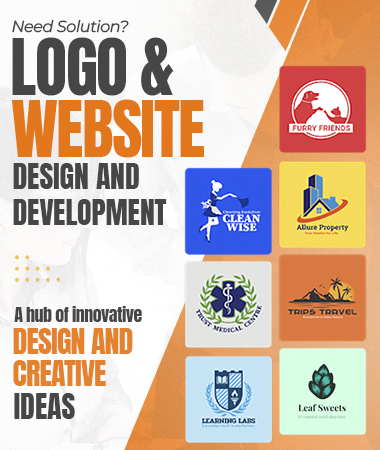How to Deal with Platform Compatibility Challenges in the Website Design Process
Dealing with the challenge of platform compatibility in custom website design is essential for ensuring a seamless user experience for unique web design. To address this challenge, start with responsive design principles, which allow your website to adapt to various screen sizes and orientations. Regularly test your site on different browsers and devices, including both modern and older versions. Leveraging cross-platform cheap web design deal compatibility libraries, adhering to web standards, and avoiding browser-specific features can help maintain compatibility. Buy help from affordable web design services online to compete.

Additionally, consider implementing graceful degradation and progressive enhancement strategies to ensure that your website remains functional across various platforms. Use compatibility testing tools to check for the compatibility of specific CSS and HTML features. Regular maintenance and staying updated with browser and platform changes are key to addressing compatibility issues that may arise over time. Encourage user feedback and establish a cross-platform compatibility checklist for attaining the goal of best web design as part of your quality assurance process. Overall, taking a proactive approach to platform compatibility helps provide a consistent and user-friendly experience for all your website visitors, regardless of their choice of device or browser.
Platform compatibility is an ongoing process that requires attention and diligence throughout the web design and maintenance of your website. By following these strategies, you can significantly reduce the risk of compatibility issues and provide a seamless experience for your website visitors, regardless of their choice of device or platform.
Related Blogs
- Web Design Accessibility: Ensuring Inclusivity for All Users
- How to Create a WordPress Website?
- How to Use Google Analytics for Digital Marketing?
- How to Deal with Platform Compatibility Challenges in the Website Design Process
- Process of Metaverse Website Development?
- Tips to Integrate Data Science in Website Development
- Importance of URL in a Website Design
- How to Include Cultural Sensitivity in Website Design
- Tips for Keeping Backups in Website Development
- Remarketing Advertising Trends in 2024
- Four Pillars of Website Development and Tricks to Apply It
- Importance of Scriptwriting in Social Media Digital Marketing
- How to Create Graphic Design for a Packaging Material of a Brand
- How to Conduct SERP Analytics and Tracking in Digital Marketing
- How to Differentiate a Logo Designed for Video Game?
- Tips to Develop Angular JS Website Development
- Integration of Scroll-triggered Animations in Website Design
- Describe What Is Microsoft SharePoint and Its Importance for Website Development
- Tips to Download Resources (Webpage, Files, Videos) From A Website
- Suggest Importance of Bootstrap Process in Website Development
- How to Implement Web Design in Semplice Site Builder?
- Guide How to Design Content for Digital Marketing Newsletter
- How to Develop Website Based On PSSE UEL Model?
- File Format and Usage Guidelines Assistance for Logo Design
- Tips to Future Proof Website Development Process using New Technologies
- How to Use Mailchimp for Custom Digital Marketing Campaigns
- Understanding Custom Experimental Navigation in Website Design
- Importance of Domain Name in Website Development
- Introduction to Deeply Nested Schemas in Digital Marketing



